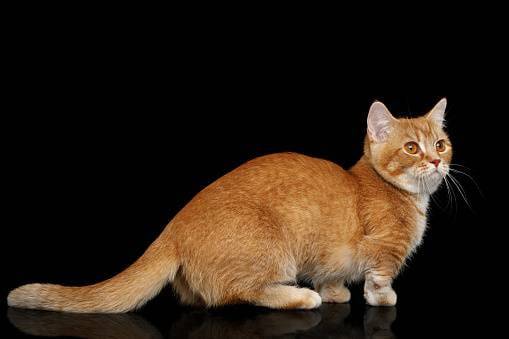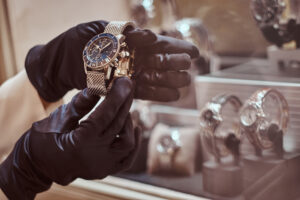
Munchkin cats
Munchkin cats are known for their short legs, which give them a unique and adorable appearance. Here are ten things you might not know about:
1. Origin: Munchkin cats are a relatively new breed that originated in the United States in the early 1990s. The breed was named after the Munchkin people from “The Wizard of Oz” due to their similarly short legs.
2. Genetic Mutation: The short legs of Munchkin cats are the result of a natural genetic mutation. The mutation affects the long bones of the legs and is referred to as achondroplasia. It is the same genetic mutation found in other short-legged animals like Dachshunds and Corgis.
3. Leg Length: The legs can vary in length. Some Munchkins have extremely short legs, while others have legs that are slightly longer. The short legs do not hinder their mobility, and Munchkins are quite agile and playful.
4. Breeding: It should only be bred to other Munchkins or to non-Munchkin cats with normal leg lengths. Breeding two Munchkins with short legs can lead to health problems for the offspring. Responsible breeders carefully manage their breeding programs to ensure the health and well-being of the cats.
5. Health: This is generally enjoy good health, but they can be more prone to certain conditions. Some Munchkins may experience back or joint problems, similar to other short-legged breeds. Regular vet check-ups and maintaining a healthy weight are essential for their well-being.
6. Personality: They are known for their playful and affectionate nature. They are social cats that generally get along well with other pets and children. They enjoy interactive toys and games that stimulate their minds and bodies.
7. Popularity: Munchkin cats have gained popularity in recent years due to their unique appearance and charming personalities. They are recognized by various cat registries and have a growing number of enthusiasts around the world.
8. Different Coat Varieties: Munchkin cats can have a wide variety of coat types and colors. They come in both long-haired and short-haired varieties, with patterns ranging from solid colors to tabbies, tortoiseshells, and more.
9. Controversy: The breeding of Munchkin cats has sparked controversy in some circles. Critics argue that the breed’s short legs could lead to health problems or hinder their ability to move naturally. However, proponents of the breed assert that Munchkins are generally healthy and active cats.
10. Size: Despite their short legs, Munchkin cats are not miniature cats. They come in a range of sizes, from small to medium, with average weights similar to other domestic cat breeds.
Remember, if you are considering getting a Munchkin cat or any other pet, it’s important to do thorough research, find a reputable breeder or rescue organization, and ensure that you can provide the necessary care and attention they need.
What Is Munchkin Cats?
A Munchkin cats is a breed of domestic cat known for its distinctive short legs. The breed originated in the United States in the 1990s and was named after the Munchkin people from “The Wizard of Oz” due to their similarity in appearance. It have a natural genetic mutation that affects the length of their leg bones, resulting in their short-legged stature. Despite their short legs, Munchkins are generally healthy, active, and agile cats. They come in various coat types, colors, and patterns, and they are known for their playful and sociable nature. Munchkin cats have gained popularity among cat enthusiasts around the world.
What Are The Risks Of Munchkin Cats?
While Munchkin cats are generally healthy, there are potential risks associated with their breed:
Skeletal and Joint Issues
Due to their short legs,IIt may be more prone to skeletal and joint problems such as lordosis (excessive curvature of the spine) or patellar luxation (dislocation of the kneecap). However, responsible breeders aim to minimize these risks through careful selection and breeding practices.
Back Problems
Some Munchkin cats may be at a higher risk of developing back problems, such as intervertebral disc disease, although the incidence is not significantly higher compared to other cat breeds.
Do Munchkin cats stay small?
Munchkin cats do stay small in terms of their leg length, as this is a defining characteristic of the breed. However, their body size and weight can still vary. Munchkin cats generally have a sturdy and muscular build, but they are not typically as large as some other cat breeds.
Read more:- Dog with a blog
Conclusion
In conclusion, It have their unique characteristics, but it’s important to be aware of potential health risks associated with their breed. Responsible breeding practices and proper care can help minimize these risks. Ultimately, the decision to get a Munchkin cat should be based on thorough research and consideration of your preferences and the cat’s welfare.






